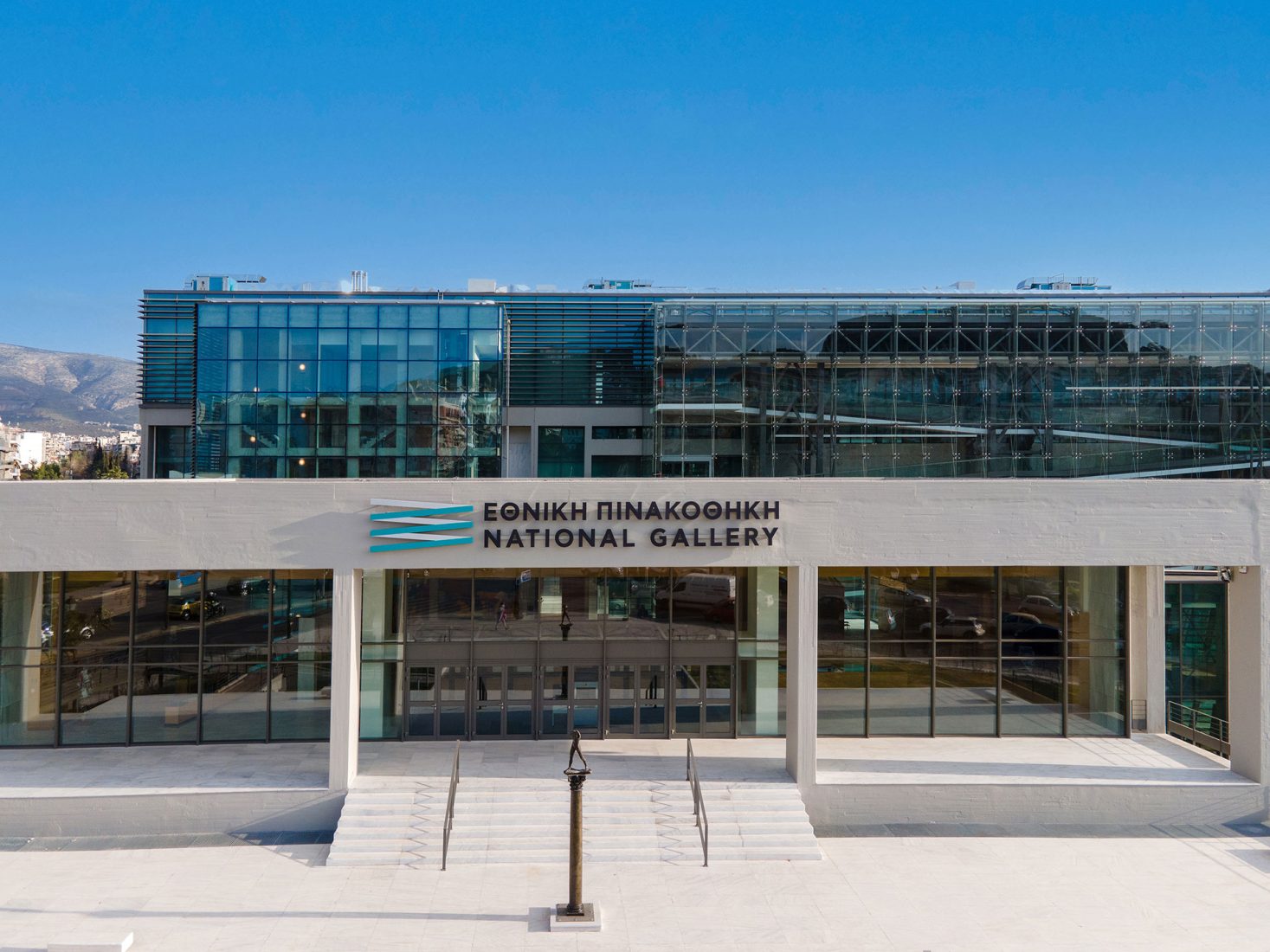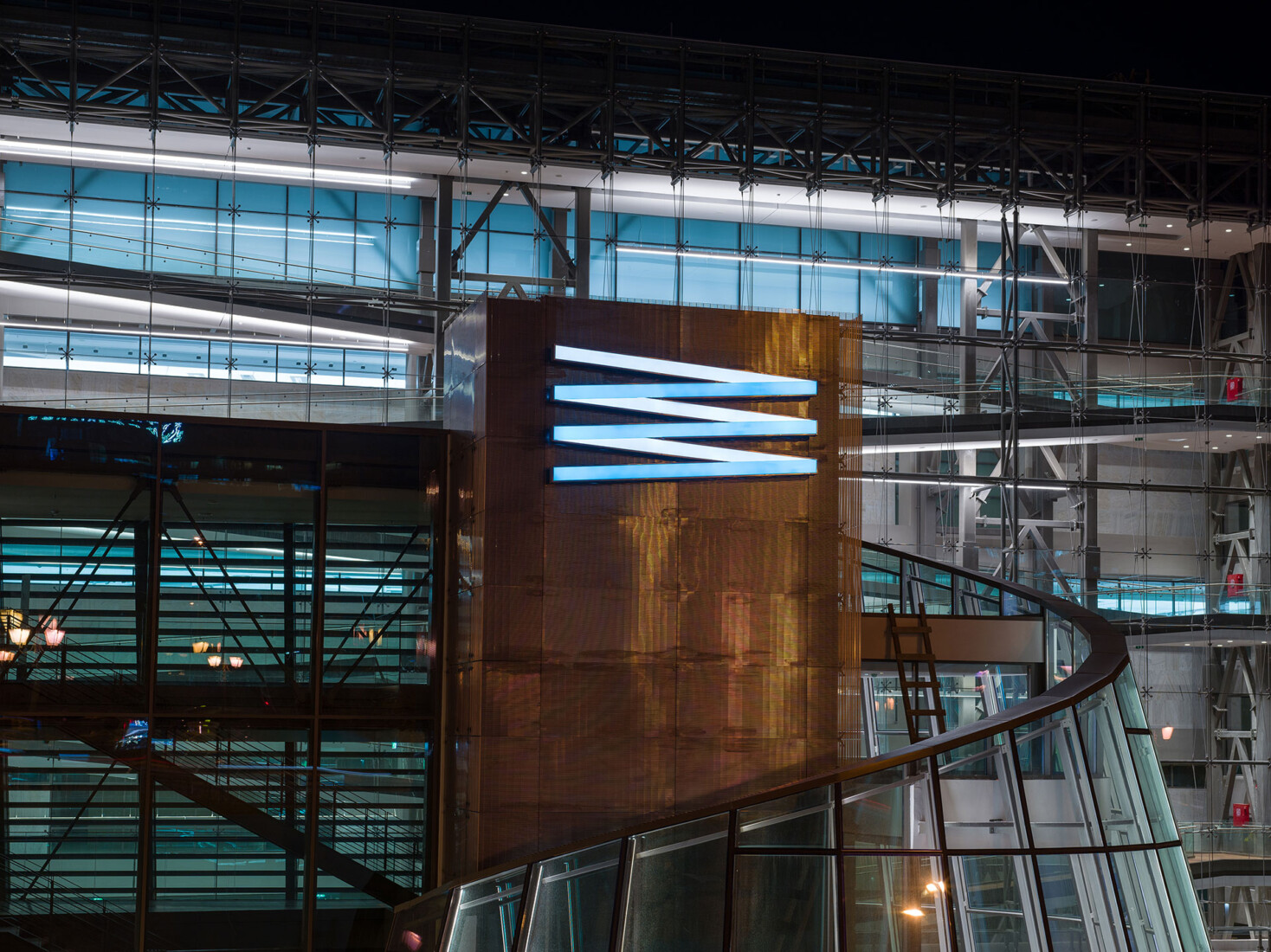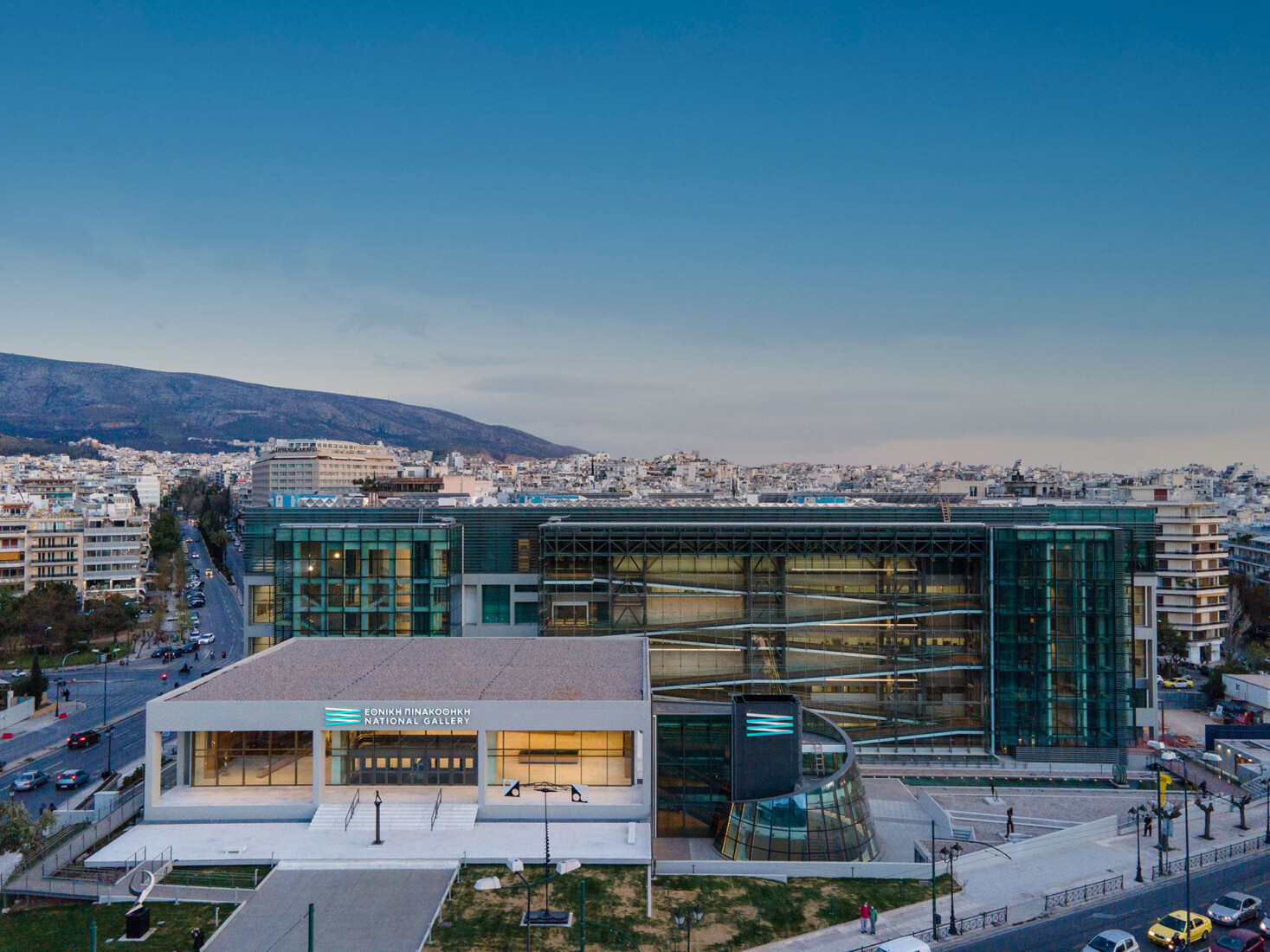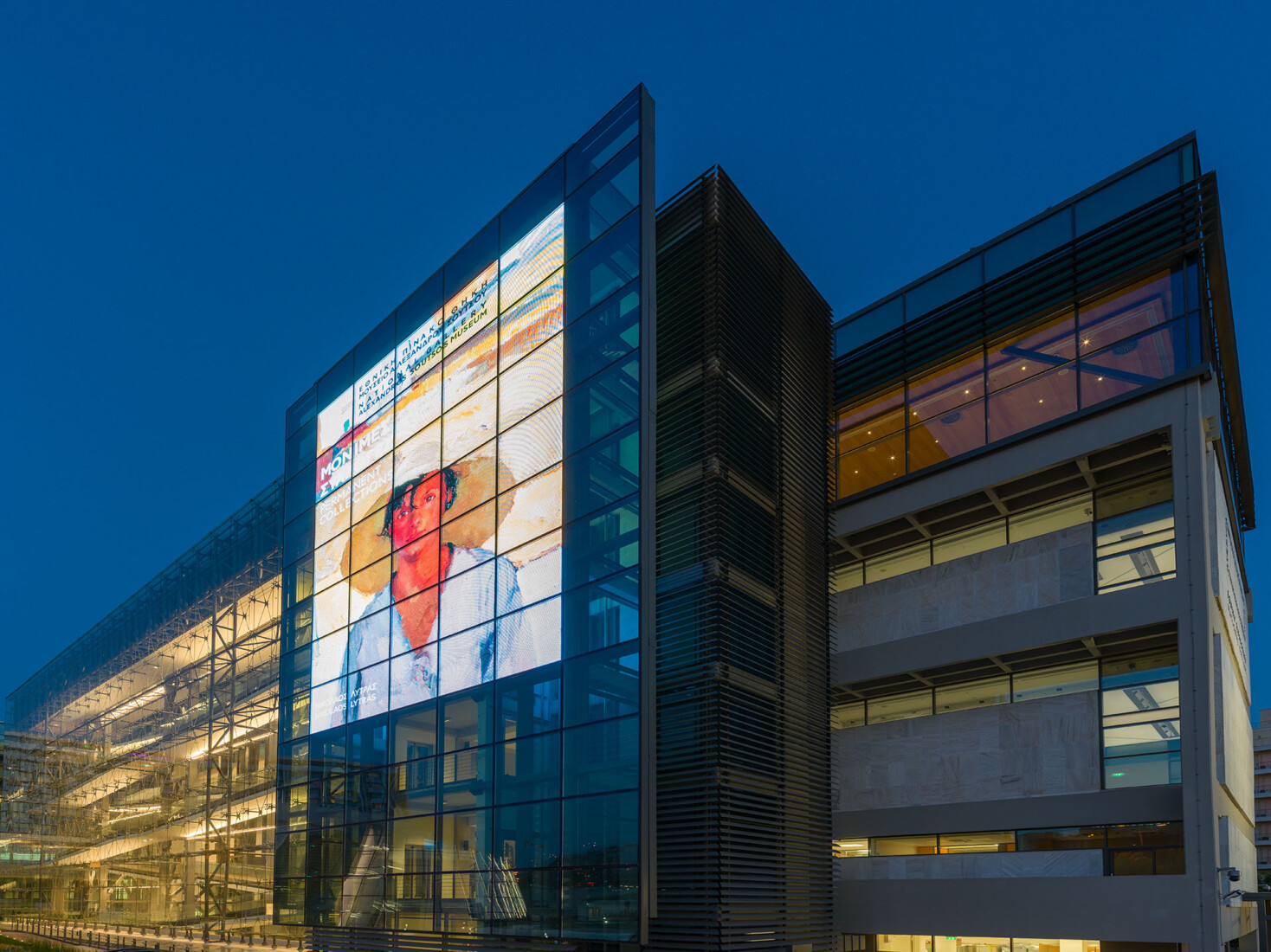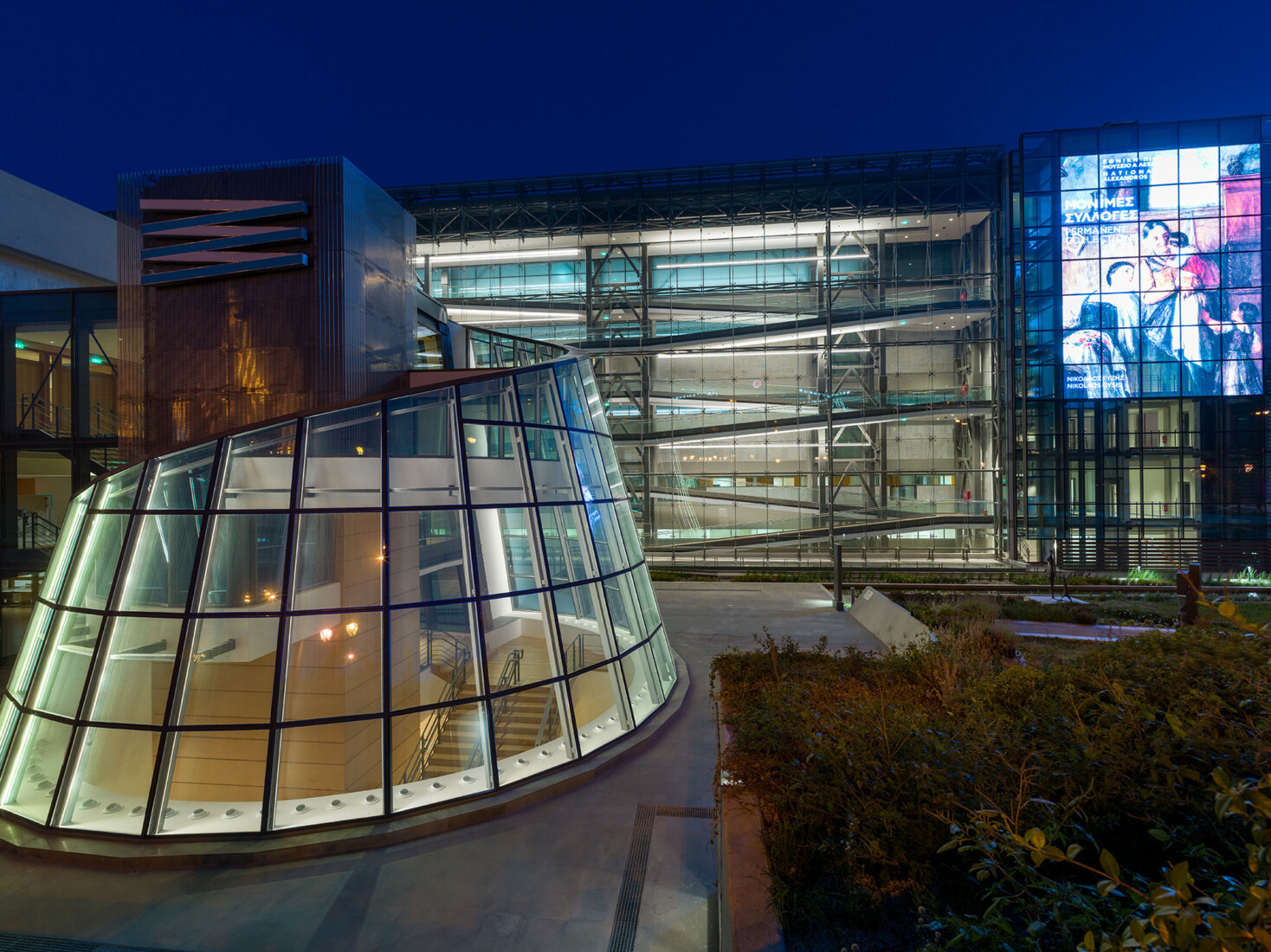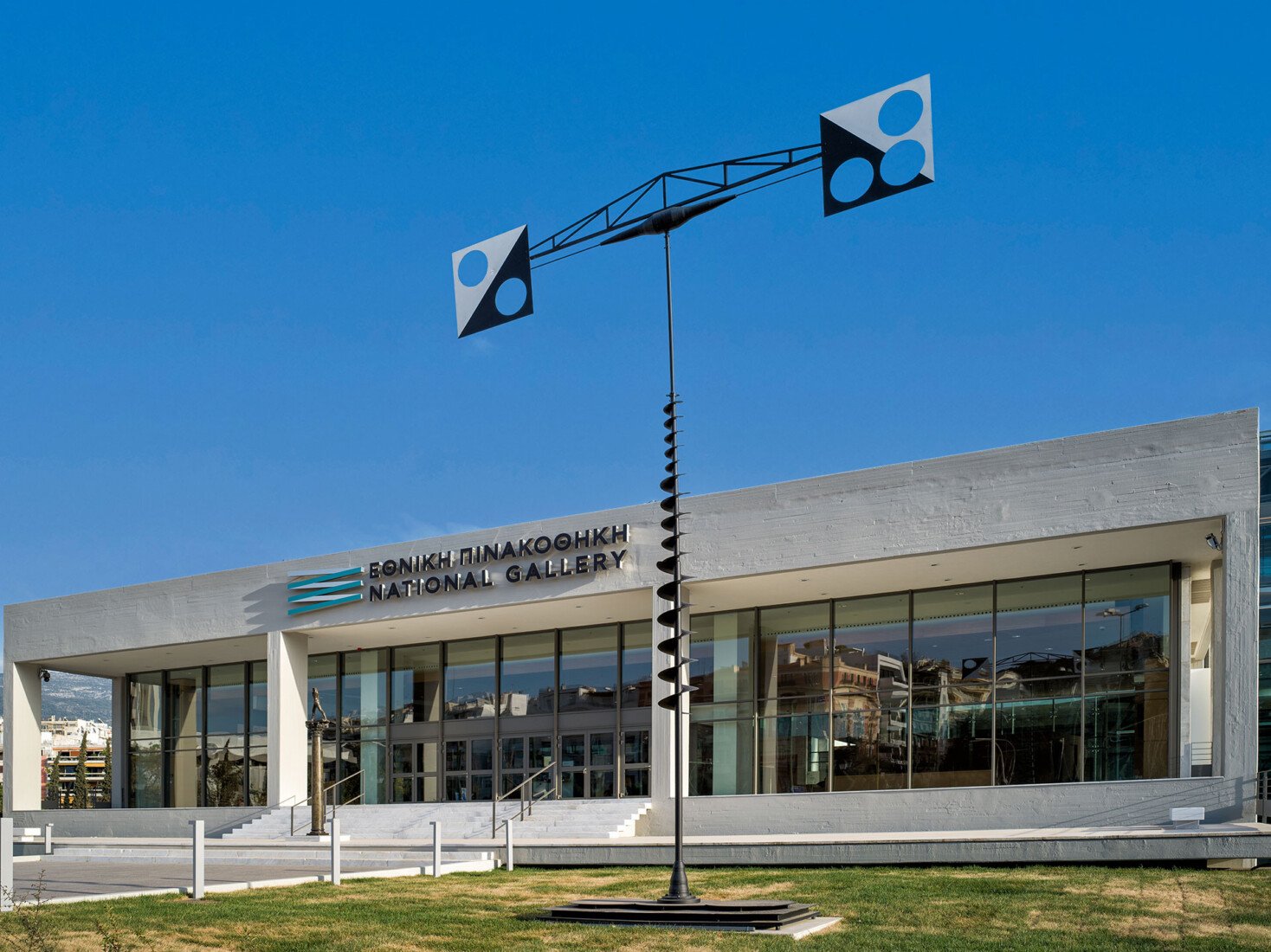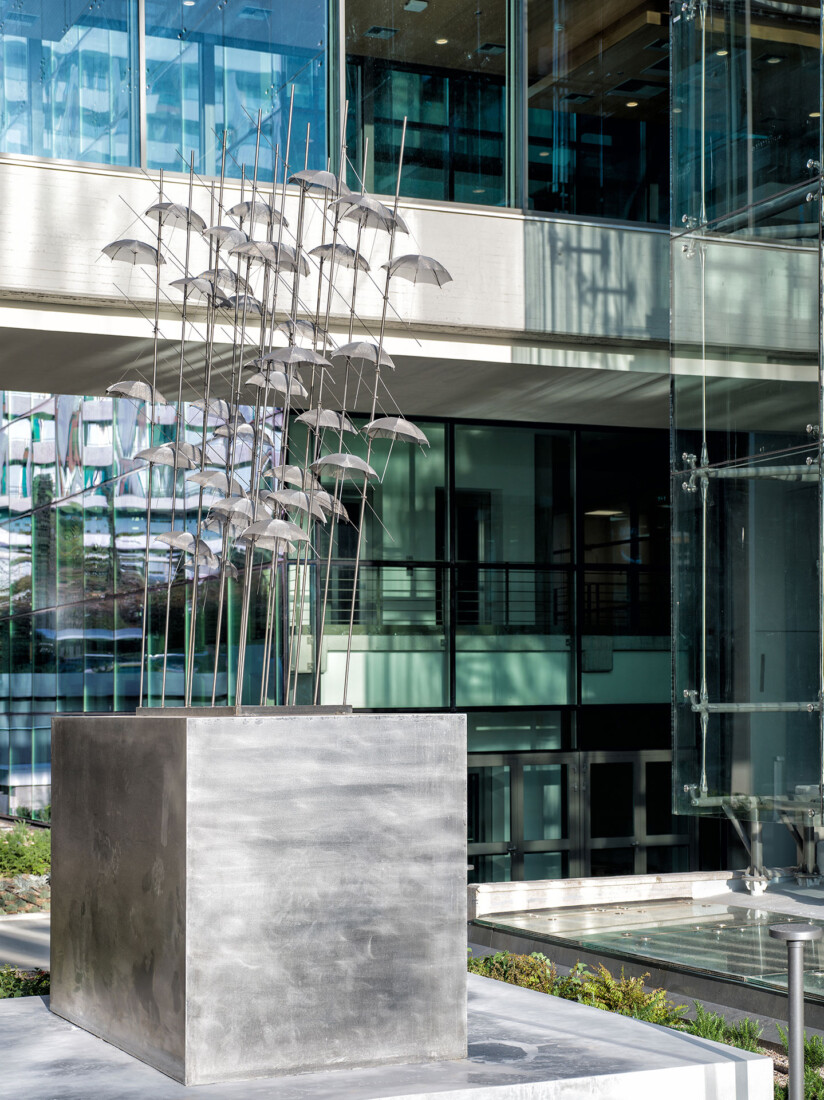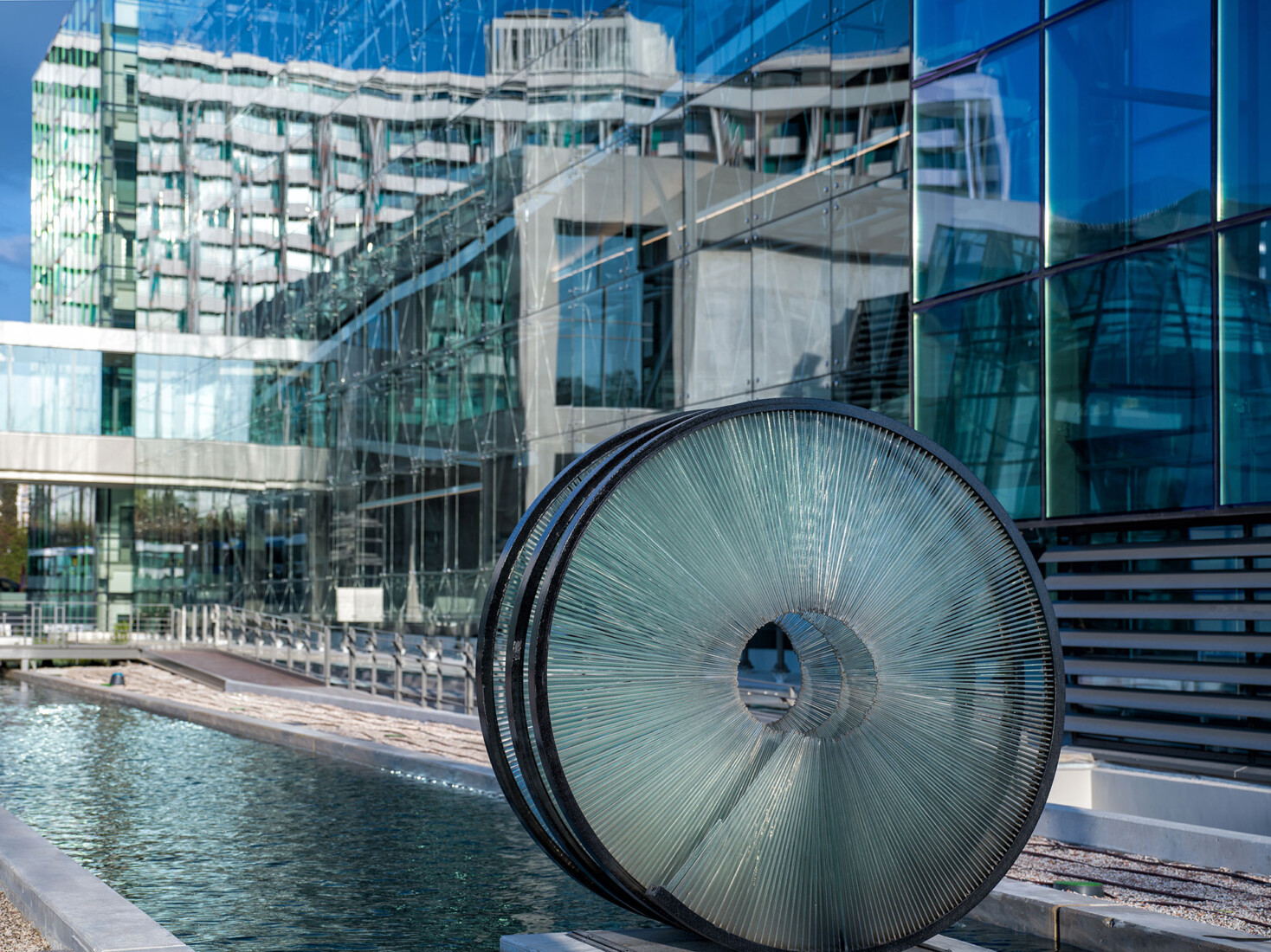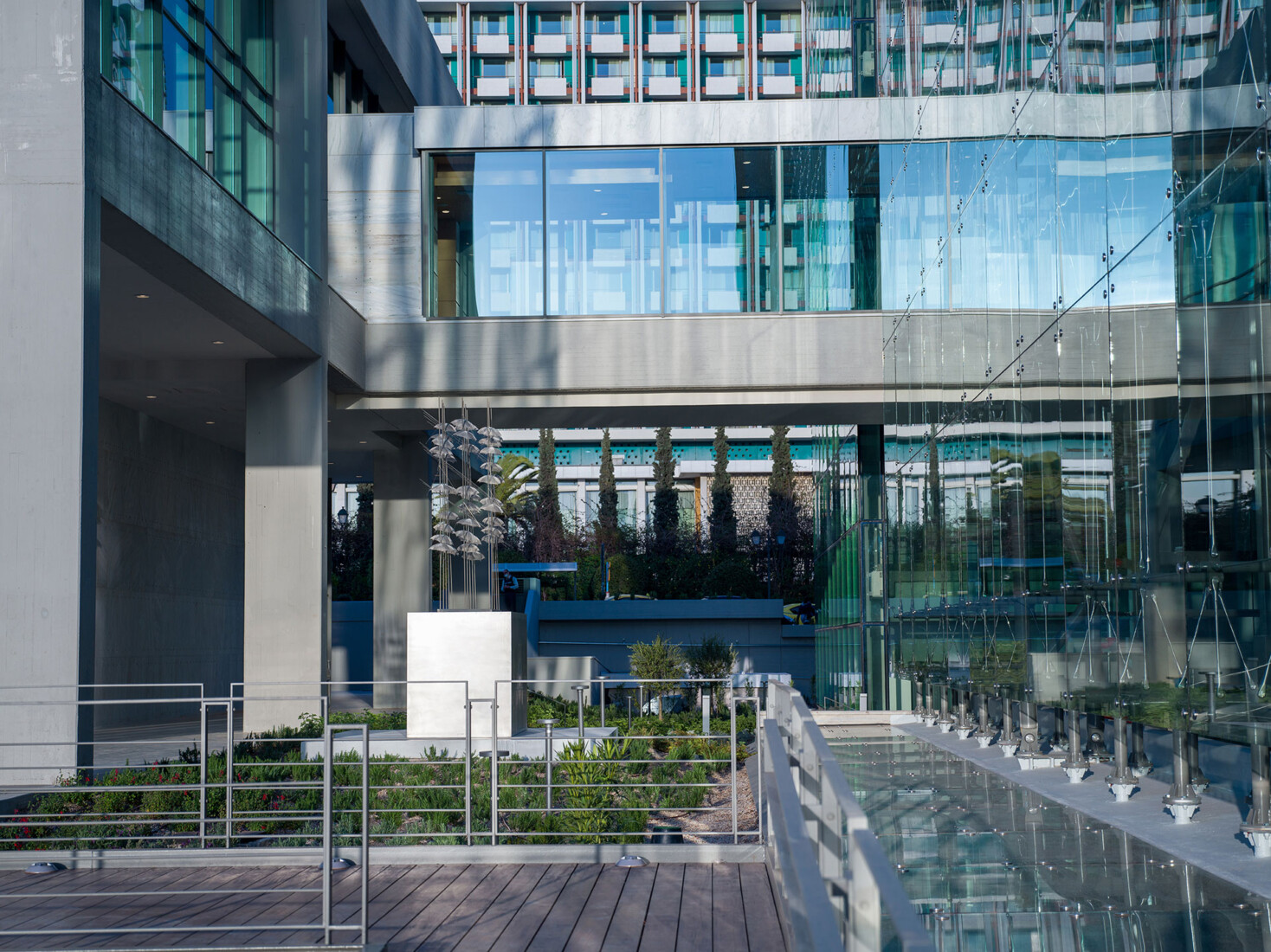The National Gallery was founded on April 10, 1900 by a law in which provision was also made for the assignment of a chief curator of the Foundation. The acclaimed painter Georgios Iakovidis was appointed in this position. The National Gallery’s operation regulation was legislated on 28/6/1900. Its early collections came from the National Technical University and the University of Athens. Substantial donations came to be added to these. Today, the National Gallery collections comprise more than 20,000 works of painting, sculpture, engraving and other forms of art; this is the treasury of Modern Greek art, encompassing the period from the post-Byzantine times until today. Moreover, the National Gallery owns a remarkable collection of Western European paintings. In 1954, the National Gallery merged with the Alexandros Soutsos Estate, hence its double name.

The institutional role of the National Gallery is to collect, safekeep, preserve, study and exhibit works of art towards the aesthetic training of the public, the on-going education through art and the recreation that it is able to provide, as well as the self-awareness of the Greek people through the history of art, which expresses the national history on a symbolic level.
The National Gallery – Alexandros Soutsos Museum is a public law entity governed by a nine-member Board. The Chair is elected by the members of Board. The Director, who is responsible for artistic and museological programming, is appointed by the Minister of Culture on a five-year tenure of office. There are three directorates in the Museum: i. The Administrative-Financial Directorate, ii. The Collection Directorate and iii. The Conservation Directorate, headed by three directors respectively. There are approximately 80-90 permanent and temporary employees in the Museum. Salaries and fixed operational expenses are covered by public funding. Endowment revenues cover specific needs: for instance, the Alexandros Soutsos Estate only covers building expenses, the enrichment of the library and the acquisition of earlier works of art (30 years must have intervened between the artist’s death and the date of the acquisition). Proposals for acquisitions and exhibitions are made by the five-member art committee, which comprises the Director and four members of the Board, the ones more closely related to the field in question.
The various activities of the National Gallery (exhibitions, musical events, book publishing) are funded by sponsorships and donations between that range 60-100%.
The National Gallery-Alexandros Soutsos Museum houses an extensive library with invaluable archival material and specialized conservation laboratories, equipped with up-to-date scanning, examination and restoration systems. The highly specialized scientific, administrative and security personnel efficiently and selflessly responds to the demanding and diverse operations of such an important museum.
The successive National Gallery directors, Zacharias Papantoniou (1918-1940), a distinguished art critic and author, Marinos Kaligas (1949-1971), art historian and Byzantine scholar, and Dimitris Papastamos (1972-1989), archaeologist and art historian, contributed especially to the organization, operation, collection enrichment of the National Gallery and the securing of its permanent housing.
The Professor of History of Art Marina Lambraki-Plaka has been the Director of the National Gallery from 1992 to 2022. A number of successful monographic and thematic exhibitions of Greek and international artists have been organised, which appealed to the broader public and established the National Gallery in people’s consciousness (five million visits since 1992). She has personally secured generous and vital support by sponsors, which has covered the budget of the museum’s activities between 60-100%.
In 2000, the National Gallery-Alexandros Soutsos Museum celebrated its 100th anniversary. This historical landmark was punctuated by the grand opening of the new display of the museum’s permanent collections in the renovated interiors sponsored by the Stavros S. Niarchos Foundation. The display of the permanent collections reflects the current developments in museological presentation following the parallel development in art and society. The works in the collections have been digitized under the EU operational program “Information Society”. The National Gallery has developed a busy publishing agenda in recent years, both in print and in digital form, including collection guides, seminal catalogues to accompany the exhibitions and educational books for young people.
Aiming to expand its educational role and activity throughout Greece, the National Gallery-Alexandros Soutsos Museum has added two annexes to the existing Koumantareios Gallery in Sparta: one in Corfu (Kato Korakiana), in 1993, and one in Nafplion, in 2004, in a building provided by the City of Nafplion, on an initiative of the National Gallery Chair of the Board, Mr Apostolos Botsos, Honorary Chair of the Court of Audit. The building was renovated and equipped as a museum by the Alexander S. Onassis Public Benefit Foundation.
Housing the history of Modern Greek sculpture, as well as temporary exhibitions, since 2004 at Alsos Stratou in Goudi, Athens, the National Glyptotheque has also been founded thanks to the inspiration and the efforts made by the Director Marina Lambraki-Plaka. The Stavros S. Niarchos Foundation funded both the studies for the renovation of the two historical buildings of the former royal cavalry stables and the display of the sculpture collections in one of the two buildings as well as in a 1.5-acre outdoor display. The renovation was implemented under the 3rd CSF.
Upon the decision of the Evripidis Koutlidis Foundation Board, validated by the Athens Court of Appeal, the substantial Modern Greek art collection of the Foundation is now housed alongside the National Gallery collections. The Christos and Souli Kapralos Foundation, comprising the sculptor’s complete works, his museum in Aegina, as well as a significant sum of money for its expension and other large endowments, such as the Frosso Efthymiadi-Menegaki and Bella Raftopoulou estates, also became part of the National Gallery. Major donations, including those by Giannis Moralis, Nikos Nikolaou, Ioannis Avramidis, Panagiotis Tetsis, Dimitris Mytaras, Alekos Fassianos, etc. have enriched the museum’s collections. Moreover, substantial acquisitions were made, including two masterpieces by Domenicos Theotokopoulos’ The burial of Christ and St Peter as well as significant sculptures by Rodin and Bourdelle. Approximately 3,000 works have been added to the National Gallery collections in recent years.
These treasures, their management, the great number of activities and exhibitions, all made the National Gallery urgently need room to breathe. And indeed the expansion project moved ahead under the direction of the professor Marina Lambraki-Plaka: the preliminary studies were made by the architects of the original building, the firms of the professors Pavlos & Konstantinos Mylonas and Dimitris Fatouros, and were funded by the Maria Tsakou Foundation. The final studies were made by the P. Grammatopoulos-C.Panousakis Architektoniki SA. The expansion adds 11,040 square meters to the existing 9,720, more than doubling the museum’s spaces. The project, now mature, has been proposed in NSRF by the Hellenic Ministry of Culture and is about to begin. The National Gallery’s new profile is modern, dynamic, functional and especially appealing.
